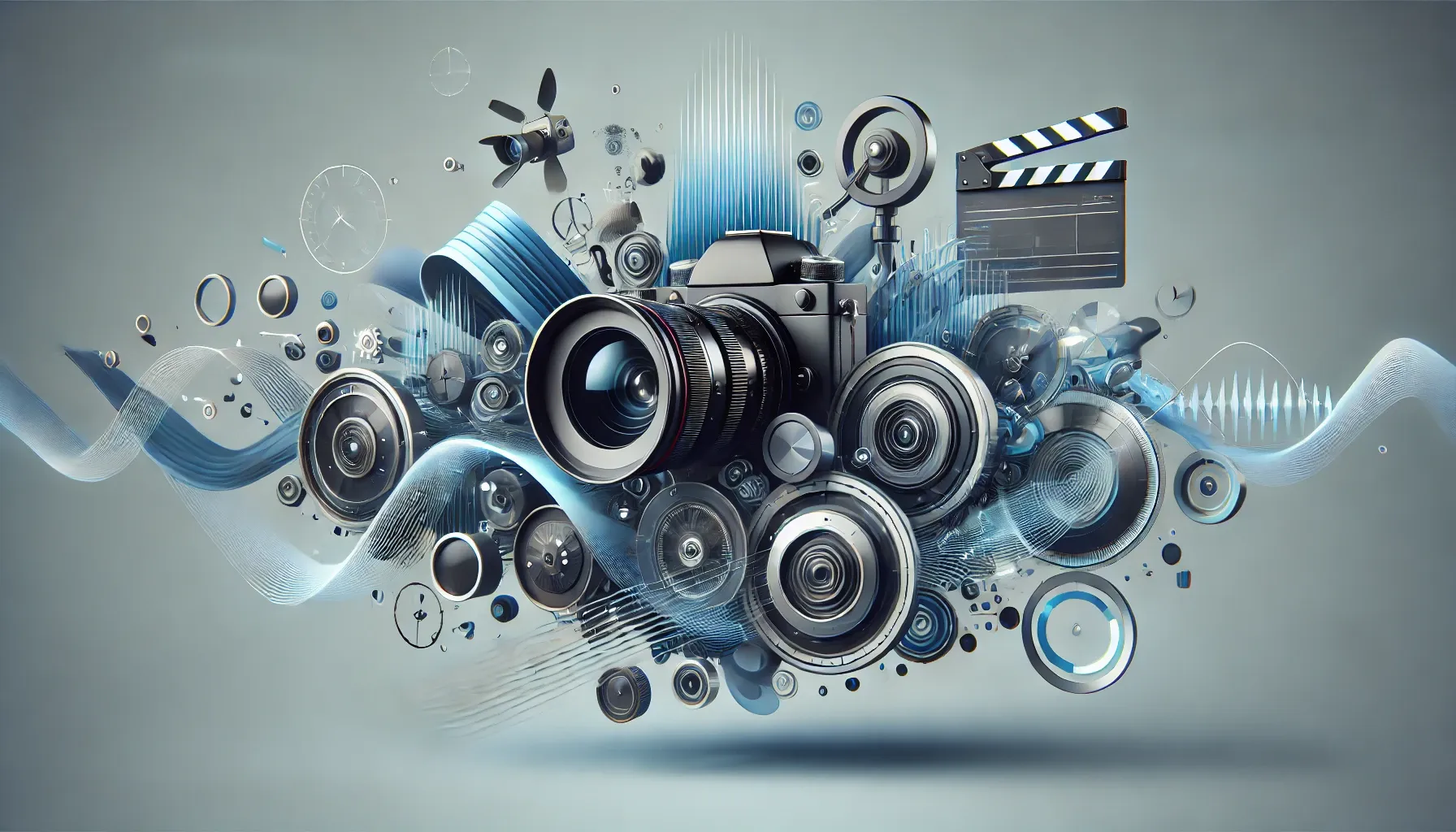Stabilising Video Footage with Gyroflow and DaVinci Resolve

Stabilising video footage can be a challenging task, especially when using multiple cameras with different aspect ratios and stabilisation methods. After experimenting with Gyroflow and DaVinci Resolve, I’ve found a workflow that balances flexibility and efficiency, which I’d like to share with you.
Using DaVinci Resolve with Gyroflow OFX in the Color Module
For my Sony camera (shooting UHD 16:9), I disabled
Why does
re-framing affect stabilisation?Re-framing or applyingX-Y transforms after stabilisation often leads to misalignment because the stabilisation process relies on the original framing. Any additional transforms can interfere with the stability points calculated by the software, leading to jitter or loss of the intended stabilisation effect.
My GoPro footage (shot in 5.3K 8:7) posed a different challenge. After sending it to Gyroflow and back to DaVinci Resolve, the aspect ratio was misaligned, cropping and distorting out half of the frame when it fit the timeline resolution.
Pre-rendering Stabilised Footage with Gyroflow
I tried pre-rendering the footage using Gyroflow's render queue. This
approach gave me stabilised, ready-to-edit files for Resolve, but it locked me
into two sets of files. Making any adjustments required
Current Workflow: Using Fusion with Gyroflow OFX
Now, I use the Fusion module in Resolve to inject the Gyroflow OFX plugin.
This method avoids the aspect ratio problem, keeps my Color node graph clean,
and allows me to
While this approach is a bit performance-intensive (20fps during full processing), switching playback resolution to Half makes editing much smoother with consistent 25fps for cutting the timeline.
Performance Note: Using the Fusion module for stabilisation can be taxing on your system resources. On my setup, I achieve around 20fps with all processing steps enabled. However, switching playback resolution to Half (even at 4K) significantly improves editing speed to a smooth 25fps, making cuts easier.
Possible Limitations of the Fusion Workflow
One potential downside of using the Fusion module for stabilisation is the increased processing time compared to simpler workflows. For smaller projects or quick edits, this might be overkill, but for complex footage or high-quality requirements, it’s worth the extra effort.
Conclusion & Recommendations
If you're looking to simplify your workflow, I highly recommend trying this Fusion-based approach. It not only keeps your Color page organized but also provides flexibility for framing adjustments later in the process. Additionally, this approach gives you the freedom to shoot in different aspect ratios while maintaining all the flexibility for editors and color-grading.
For more information on the software and for download links, check out DaVinci Resolve and Gyroflow.